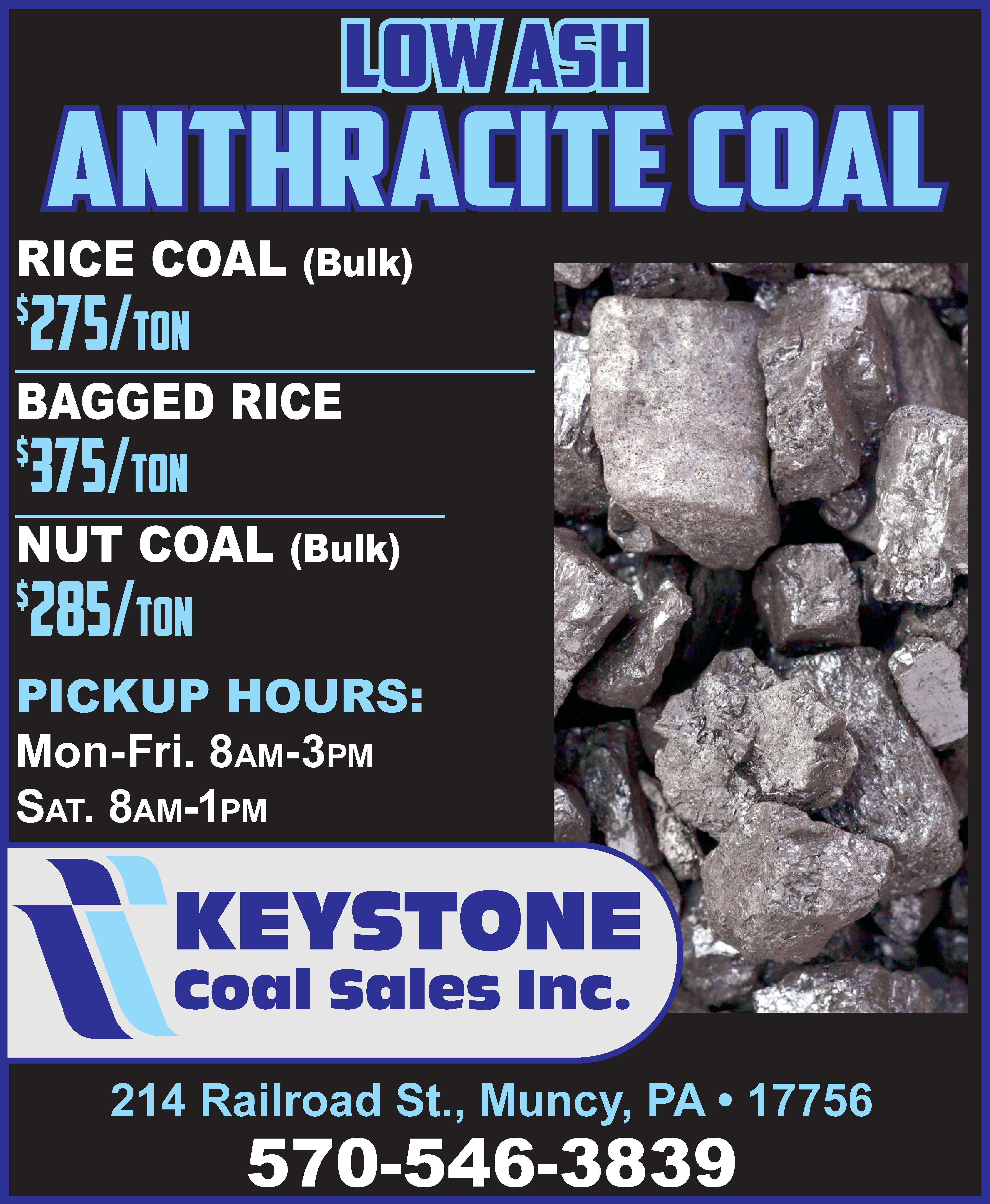Osteoporosis is a disease in which the density and quality of bones are reduced. According to the International Osteoporosis Foundation, age and gender are two of the fixed risk factors for osteoporosis. Fixed risks factors are things that cannot be changed, and the IOF notes the importance of being aware of these factors. Awareness of the fixed risk factors for osteoporosis allows people to take steps to reduce bone mineral loss in an effort to prevent osteoporosis. Bone loss is gradual and painless, and people may experience no symptoms suggesting they are developing osteoporosis, even though the National Osteoporosis Foundation notes that as many as one in two women and up to one in four men over age 50 will break a bone due to osteoporosis. In addition to age and gender, the NOF notes that certain diseases and conditions can increase the likelihood that people with develop osteoporosis. Autoimmune disorders like rheumatoid arthritis, lupus and multiple sclerosis and certain types of cancer, include breast cancer and prostate cancer, also can elevate a person’s risk for osteoporosis. People who have neurological or nervous system disorders, such as Parkinson’s disease and spinal cord injuries, also may be more vulnerable to osteoporosis than those without such conditions. Men and women age 50 and older should discuss their medical histories and their risk factors for osteoporosis with their physicians.




Leave a Comment
Your email address will not be published. Required fields are marked with *